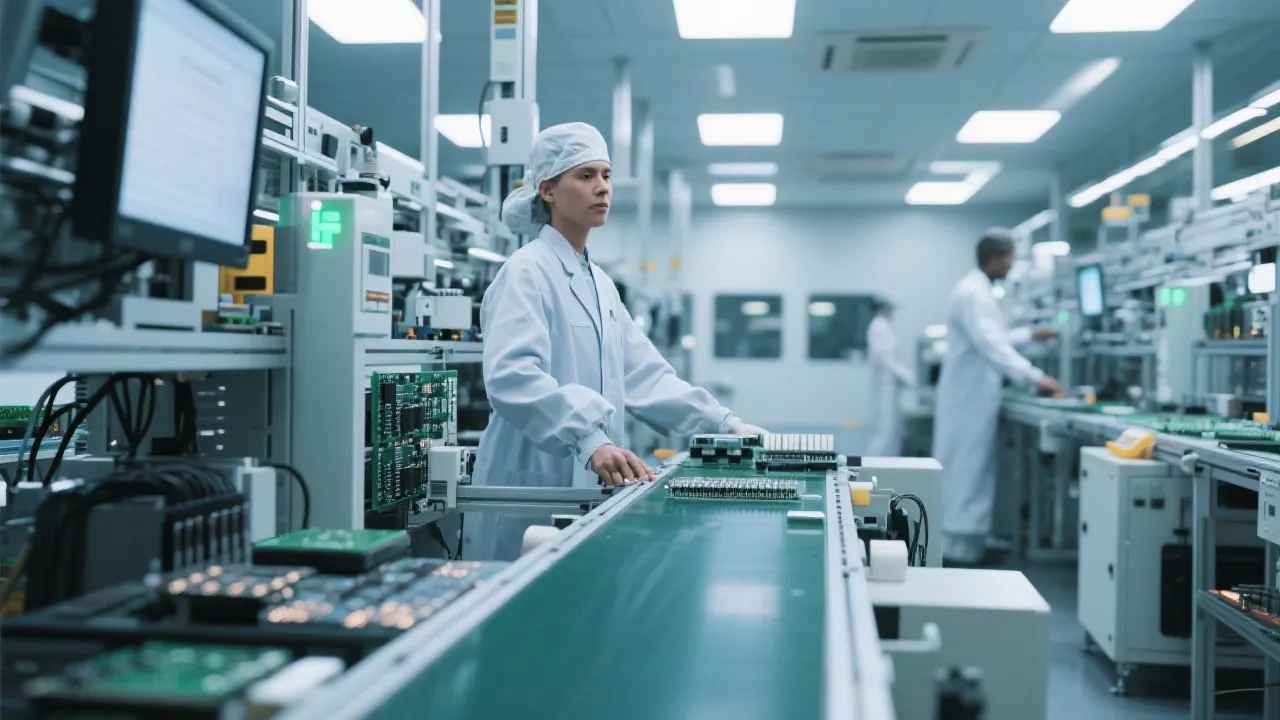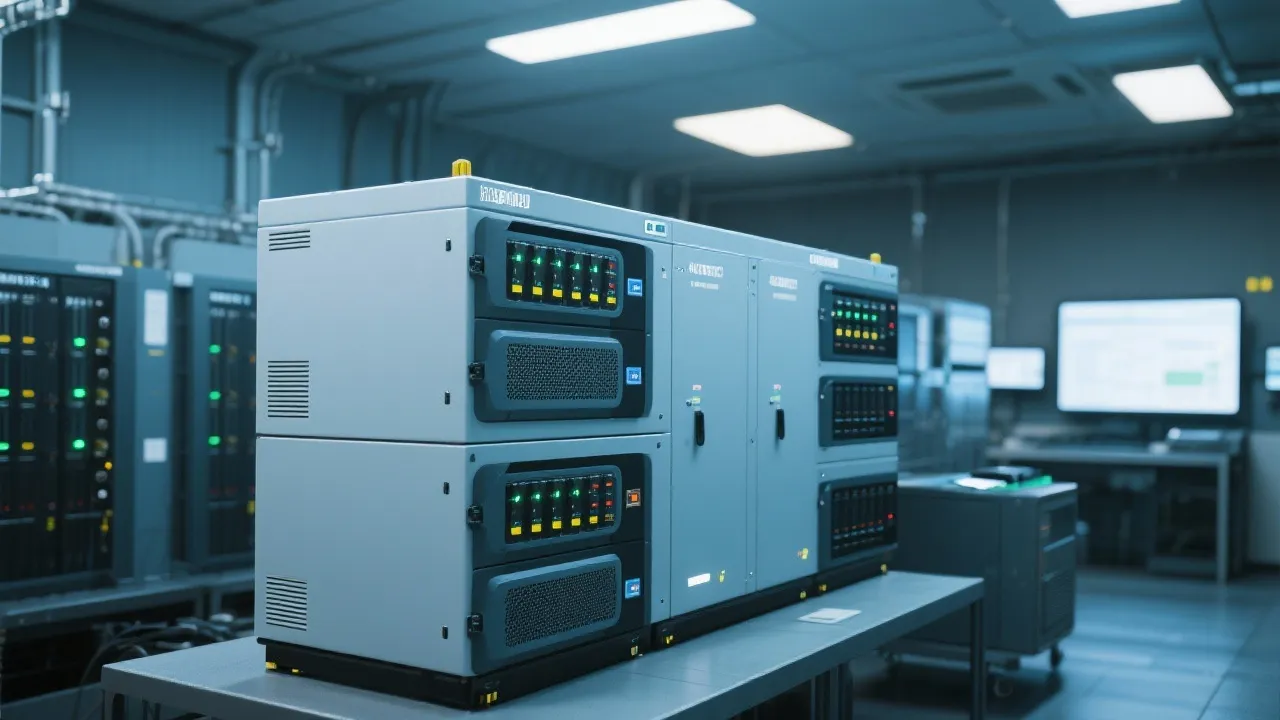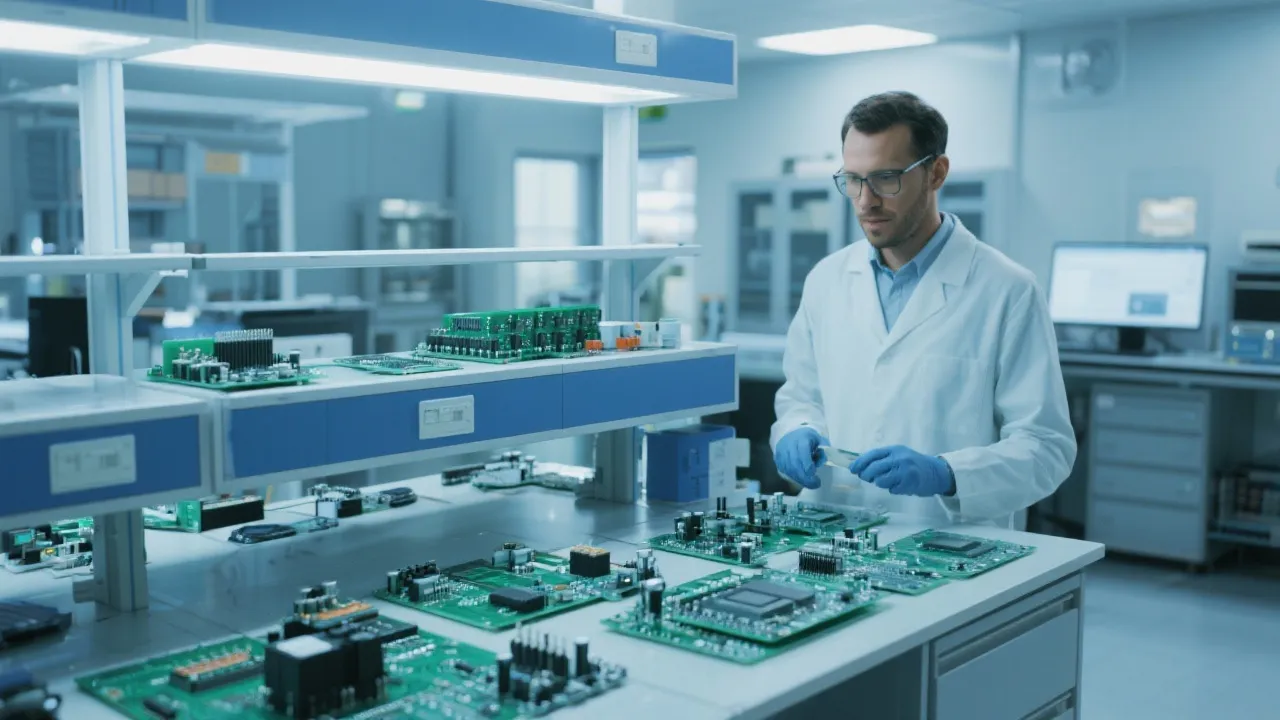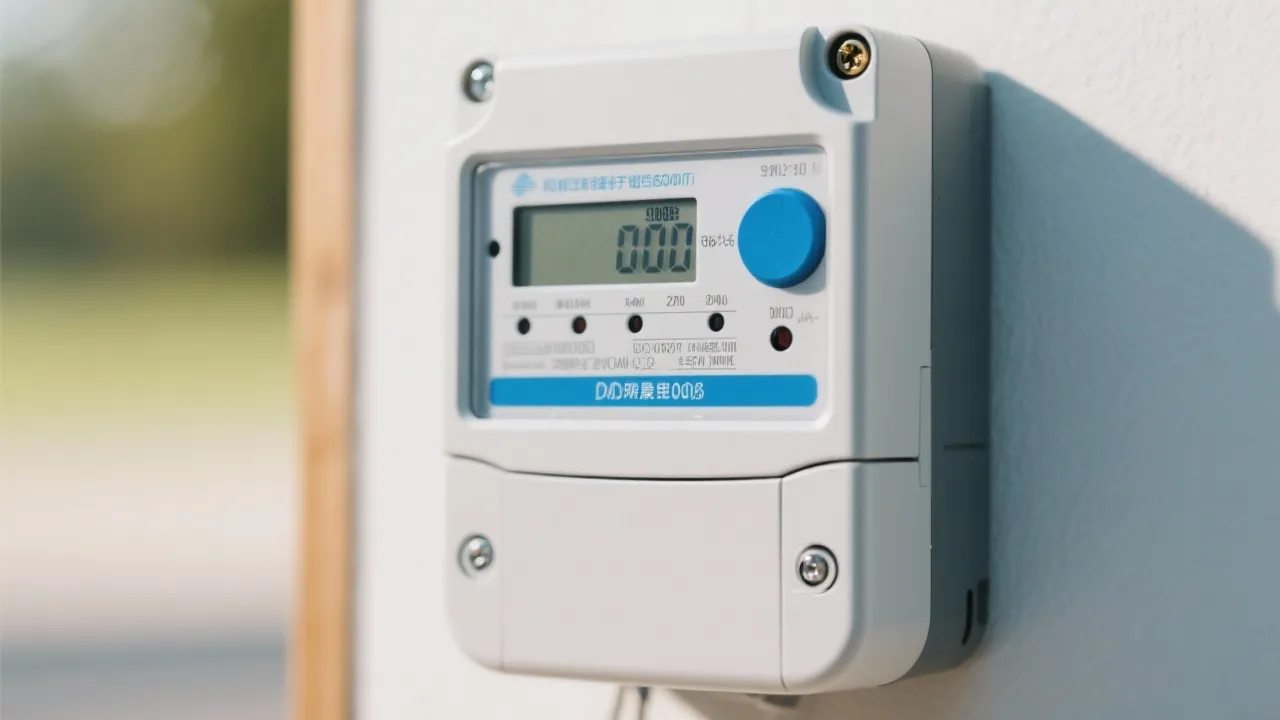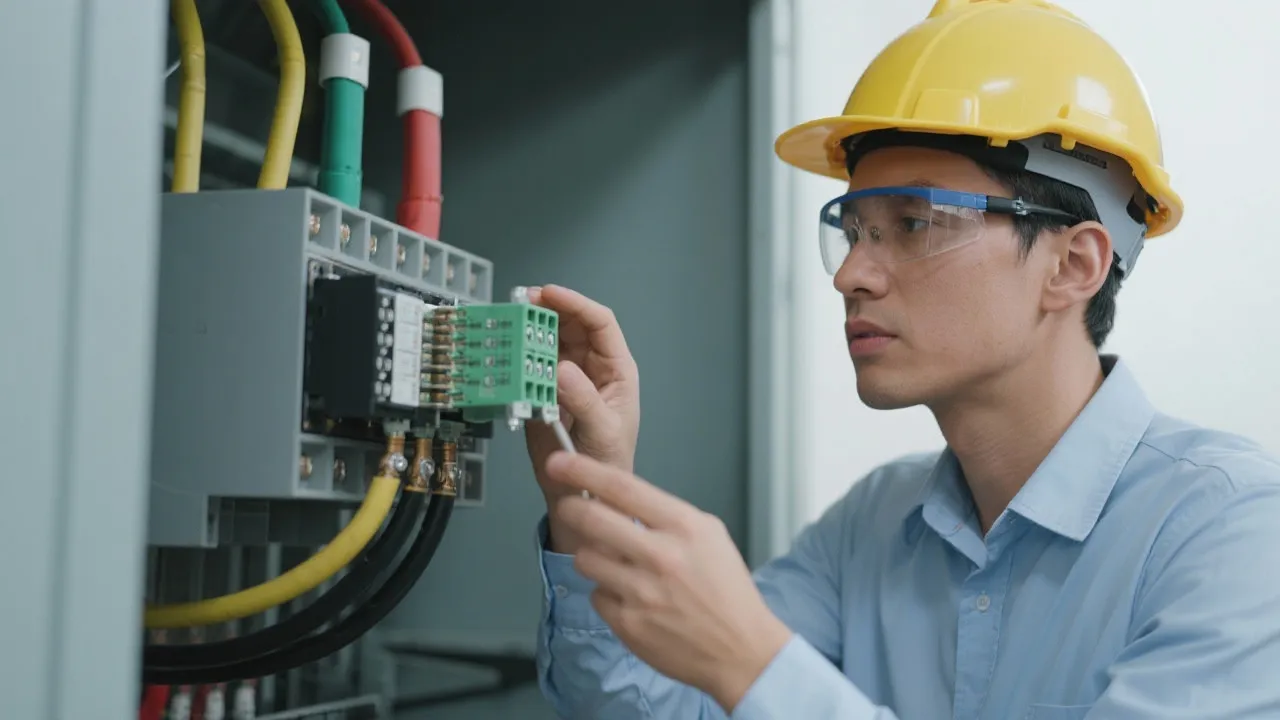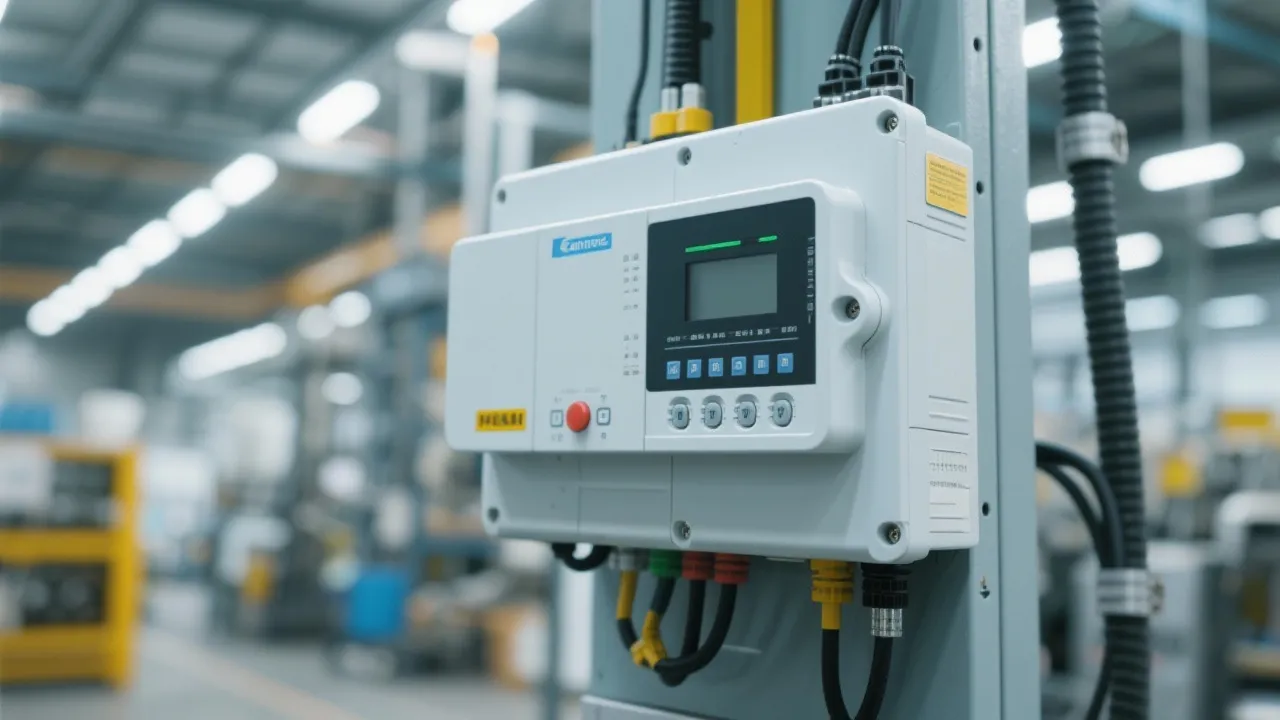Aminoethylpiperazine and Epoxy: An In-depth Analysis
This comprehensive article explores the relationship between Aminoethylpiperazine and epoxy, focusing on the chemical properties and applications in industrial contexts. Aminoethylpiperazine acts as a curing agent in epoxy systems, enhancing mechanical properties and durability. Its interaction with epoxies is vital in several industries, especially where high-strength adhesive and coatings are required.
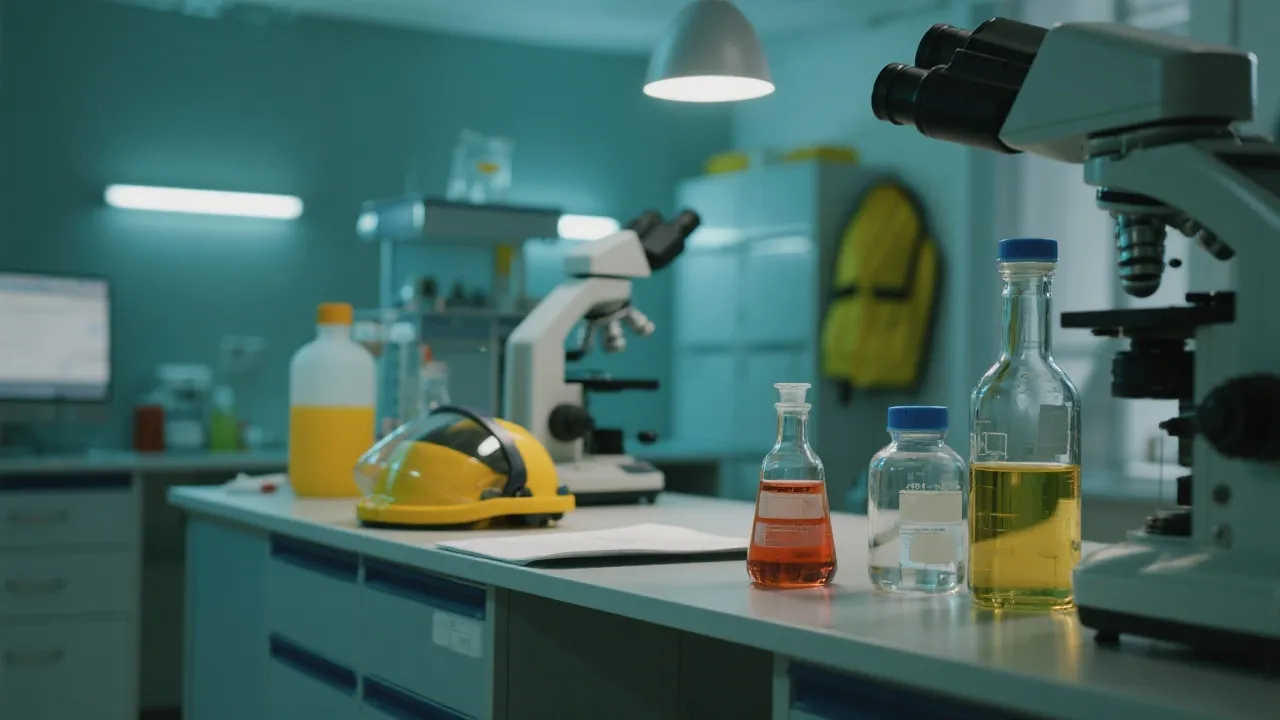
Introduction
The world of industrial chemistry is vast, with numerous compounds playing critical roles in modern manufacturing processes. Among these, aminoethylpiperazine and epoxy stand out for their unique properties and versatile applications. In this article, we delve deep into these substances, exploring their chemical interactions, applications, and impact on various industries. We aim to provide not only a foundational understanding of these chemical substances but also an insights into their future trends and innovations in diverse technological fields.
The Role of Aminoethylpiperazine
Aminoethylpiperazine (AEP) is a versatile chemical compound categorized under the polyamines group. Characterized by its ability to react with isocyanates, AEP is prominently used as a curing agent. Its molecular structure features three active sites, which significantly enhance its reactivity, making it a critical component in epoxy formulations. The presence of these active sites enables AEP to participate effectively in crosslinking reactions, resulting in resilience and durability in the final products. AEP not only facilitates the curing process but also improves the thermal and mechanical properties of epoxy-based materials, ensuring they perform admirably in demanding applications, which stretches from aerospace to construction.
Moreover, the curing agents play a pivotal role in defining the final characteristics of the epoxy resin. The choice of AEP as a curing agent is often informed by the specific requirements of the application, such as hardness, flexibility, and chemical resistance. The versatility of AEP is evident in its ability to tailor the characteristics of epoxy formulations for specialized applications, enhancing overall performance. This specificity in function is a vital consideration for manufacturers aiming to meet particular performance benchmarks in their products.
Epoxy Systems and Their Applications
Epoxy resins are an essential part of numerous industrial applications due to their incredible strength, durability, and adhesive properties. Very commonly, they are used in coatings, adhesives, and composite materials. These resins are formed by the reaction of epoxide group compounds with curing agents such as AEP. The resultant crosslinked material exhibits superior mechanical properties, making it indispensable in the construction, automotive, and aerospace industries.
In the construction industry, epoxy resins are favored for their ability to bond strongly to various substrates, including metals, woods, and plastics. This characteristic is especially beneficial for applications requiring seamless joints and coatings that must withstand the elements. For example, epoxy flooring systems are celebrated for their low maintenance and high chemical resistance, making them a popular choice for warehouses, factories, and retail spaces. Similarly, the automotive industry employs epoxy resins in body panels and components due to their lightweight nature and high strength-to-weight ratio, ultimately contributing to fuel efficiency and vehicle longevity.
Additionally, in the aerospace sector, the lightweight yet strong properties of epoxy make it ideal for aircraft components. Manufacturers utilize epoxy resins combined with reinforcements like carbon or glass fibers to produce composite materials that meet rigorous strength and safety standards. These materials assist in reducing overall aircraft weight, which leads to lower fuel consumption and enhanced performance. The versatility of epoxy formulations allows for innovations that can enhance safety and efficiency in aviation technologies.
Synergy Between AEP and Epoxy
The curing process is where AEP and epoxy systems find their synergies. AEP induces a rapid crosslinking reaction that leads to a durable and rigid matrix, which is crucial for applications demanding high structural integrity. The use of AEP enhances the resistance of epoxy resins to environmental factors, thereby extending their longevity and performance in harsh conditions. This synergy is widely leveraged in marine coatings and other environments exposed to corrosive elements. In these challenging conditions, the protective characteristics of AEP-curated epoxy coatings stand out, effectively defending against moisture, UV radiation, and chemical exposure, which could otherwise lead to degradation.
The adaptability of AEP allows manufacturers to formulate epoxies with varying properties. For instance, by adjusting the ratio of AEP, it is possible to achieve formulations that cater to applications requiring high rigidity, such as in industrial machinery, or lower modulus variants for greater flexibility in applications like sealants or flexible adhesives. The customization capabilities offered by AEP enhance its appeal among manufacturers seeking versatile and effective solutions for a myriad of applications.
Table: Properties and Benefits of AEP in Epoxy Systems
| Property | Benefit |
|---|---|
| High Reactivity | Accelerates the curing process, facilitating quick production cycles. |
| Thermal Stability | Ensures durability under high temperatures, making it suitable for heat-stressed applications. |
| Improved Adhesion | Creates robust bonds in composites, enhancing the durability of finished products. |
| Corrosion Resistance | Ideal for protective coatings, especially in environments exposed to corrosive chemicals. |
| Versatility | Offers customization for specific applications, resulting in tailored performance characteristics. |
| Environmentally Resistant | Resists degradation in challenging environmental conditions, extending the life of products. |
Market Insights and Industry Applications
The demand for robust and reliable materials in industrial applications has led to a significant increase in the use of epoxy resins with AEP as a curing agent. This trend stems from industries requiring materials that can withstand a broad range of operational stresses. In the automotive sector, the focus is on lightweight and strong composite materials that can also provide resistance to harsh environmental conditions. Similarly, in the aerospace industry, the need for materials that can withstand extreme pressures and temperatures is crucial, and the combination of AEP and epoxy fulfills these requirements efficiently.
The marine industry also represents a significant market for AEP and epoxy systems. Marine coatings must resist corrosive saltwater, UV exposure, and biological fouling, all of which AEP-enhanced epoxies can effectively address. The demand for sustainable materials is growing, and many manufacturers are exploring bio-based epoxy systems that maintain the performance characteristics of traditional formulations, potentially reducing environmental impacts. These innovations are being examined across various applications, showing promise in aligning with eco-friendly initiatives.
Moreover, the construction sector is increasingly embracing epoxy resin applications, particularly in the creation of repair mortars and adhesives that hold strong in demanding environments. Innovations in formulation, driven by advancements in chemical engineering, allow professionals to develop products that cure quickly, are easy to use, and provide exceptional adhesion in construction procedures. This trend underscores a growing preference for more efficient construction practices, where the use of superior materials plays a key role.
Global Trends Affecting AEP and Epoxy Usage
Looking towards the future, several global trends are shaping the way that AEP and epoxy systems are utilized across various industries. One significant factor is the increasing regulations surrounding environmental sustainability. Many companies are under pressure to reduce their carbon footprints and adopt greener practices. Consequently, there is a rising interest in developing bio-based epoxies and environmentally friendly curing agents. This innovation pathway not only satisfies regulatory requirements but also addresses consumer preferences shifting towards sustainable products.
The push for sustainability is complemented by the advancement in technology, including the rise of digital manufacturing and automation. Enhanced manufacturing techniques allow for healthier handling of chemical substances like AEP, thereby reducing occupational hazards and increasing workplace safety. Industries are investing in smart technologies, including predictive maintenance tools and automated mixing systems, which facilitate better control over how AEP is incorporated into epoxy formulations. This technological integration leads to more efficient processes, reduced waste, and optimized material performance in the end products.
Moreover, globalization is impacting the supply chains for raw materials. The sourcing of materials needed to produce AEP and epoxy systems has become interconnected on a global scale. Manufacturers need to be adaptable and ready to shift their supply chains in response to geopolitical changes, natural disasters, or fluctuations in resource availability. This aspect adds layers of complexity to material sourcing, yet also opens opportunities for innovations in supply chain management that can mitigate risks and foster resilience.
FAQs
- What are the advantages of using AEP in epoxy systems?
AEP enhances the curing efficiency, increases thermal stability, and improves the adhesive properties of the epoxy system. These characteristics are critical for such applications where high-performance materials are essential. - Where are epoxy systems with AEP commonly used?
They are extensively used in the automotive, aerospace, construction, and marine industries, highlighting their versatility across differing environments and applications. - Can AEP be used for flexible epoxy formulations?
Yes, AEP can be tailored to provide flexibility in applications that demand it, which makes it an attractive choice for manufacturers looking to customize their products for specific uses. - Is AEP environmentally friendly?
While AEP is a chemical compound, advancements are being made to improve its eco-friendliness and sustainability profiles in various applications. Companies are proactively working on formulations that align with eco-friendly initiatives. - How can manufacturers ensure the safety of AEP during production?
The implementation of stringent safety protocols, advanced PPE, and training programs can help minimize risks associated with handling AEP, ensuring that manufacturers maintain high safety standards.
Conclusion
The intricate relationship between aminoethylpiperazine and epoxy systems underscores the importance of chemical interactions in industrial applications. Their combined properties have paved the way for advancements across multiple sectors, reinforcing the demand for these compounds. As industries continue to evolve, so too will the applications and enhancements of AEP and epoxy systems, ensuring their relevance and critical role in the future of material sciences. The ongoing innovations, coupled with an increasing emphasis on sustainable practices, suggest a bright future where AEP and epoxy systems can flourish, adapting to the changing demands of the market while maintaining their core advantages of strength and durability.
In summary, as the quest for higher performance materials continues, collaborations between chemical manufacturers, formulators, and end-users will become increasingly vital. Joint efforts aimed at pushing the limits of what is achievable with AEP and epoxy systems are likely to yield transformative solutions that not only meet regulatory demands but also satisfy the global appetite for sustainable and high-performance materials in a variety of applications. Continued research and development initiatives will contribute significantly to optimizing these systems, ensuring they remain at the forefront of industrial chemistry.





